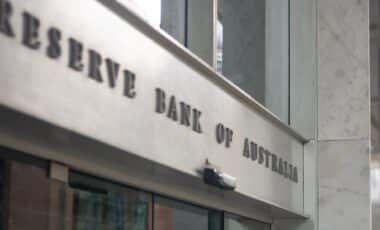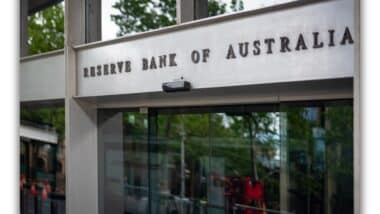The Australian economy is showing tentative signs of recovery, with new economic forecasts pointing to modest growth in the final quarter of 2024.
Analysts suggest the latest figures indicate a slight improvement in economic momentum, though concerns remain over productivity and business investment.
Financial services firm Parker Blackwood Advisers expects a 0.5% increase in GDP for the December quarter, up from 0.3% in the previous three months.
If confirmed, this would translate to an annual growth rate of 1.2% for 2025—higher than September’s 0.8% but still below historical trends, according to Proactive Investors.
GDP Growth Signals Fragile Recovery
The projected increase in gross domestic product (GDP) suggests the Australian economy is stabilising after a period of weak expansion. While the 0.5% quarterly growth rate is an improvement, it remains well below the nation’s long-term average of over 3% per year.
Economists see the latest figures as a step in the right direction but caution against viewing them as a sign of sustained recovery. Persistent weaknesses in productivity and private sector investment continue to limit the economy’s potential for stronger expansion.
Productivity and Investment Remain Key Challenges
Despite the slight uptick in GDP, low productivity growth and subdued business investment are weighing on economic performance.
Analysts argue that while consumer spending and government policies have helped maintain stability, real economic progress depends on improved corporate investment and workforce efficiency.
Nathan Jones, chief investment officer at Parker Blackwood Advisers, highlighted these concerns.
“While fiscal policy and household spending provide some stability, sustained growth requires stronger business investment and improvements in labour productivity—key factors the Reserve Bank of Australia (RBA) will be closely monitoring in its policy deliberations.”
With productivity constraints continuing to drag on economic momentum, businesses may struggle to generate the levels of output needed to support long-term recovery.
RBA Maintains Cautious Stance on Interest Rates
The Reserve Bank of Australia (RBA) remains conservative in its approach to monetary policy, with little indication of imminent interest rate cuts.
Minutes from the February board meeting, released earlier this week, suggest policymakers remain focused on inflation control and economic stability rather than aggressive rate reductions.
Market observers had been hopeful for some easing of borrowing costs, but the RBA’s cautious position signals that businesses and consumers may have to endure current rates for longer than anticipated.
This approach reflects the central bank’s ongoing concerns over wage pressures, household debt, and global economic uncertainty.
Housing Market and Consumer Data to Provide Further Insight
Several upcoming economic indicators are expected to provide a clearer picture of Australia’s financial health. CoreLogic’s monthly Home Value Index, due for release on Monday, will assess whether the recent decline in house prices is continuing.
In addition, retail trade figures, international trade data, and household spending indicators set to be published this week will shed light on consumer activity and broader economic trends.
These reports will help determine whether Australians are maintaining spending levels despite cost-of-living pressures or if economic conditions are leading to further belt-tightening.









